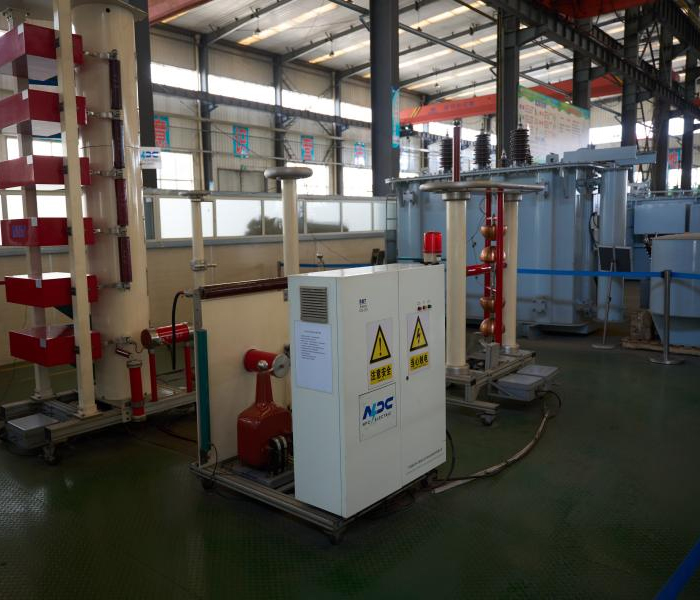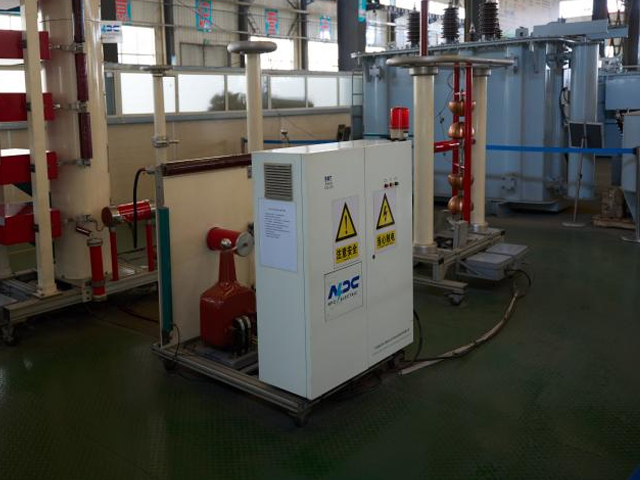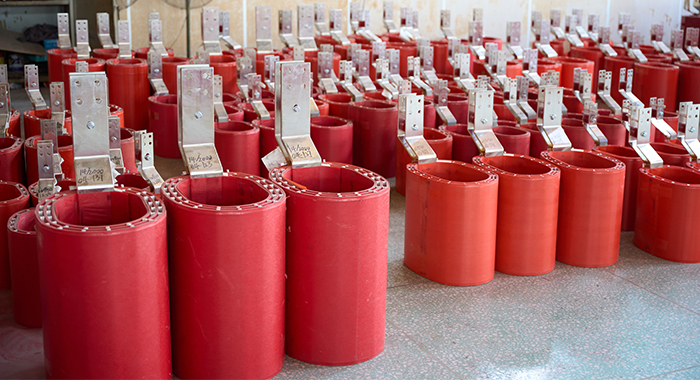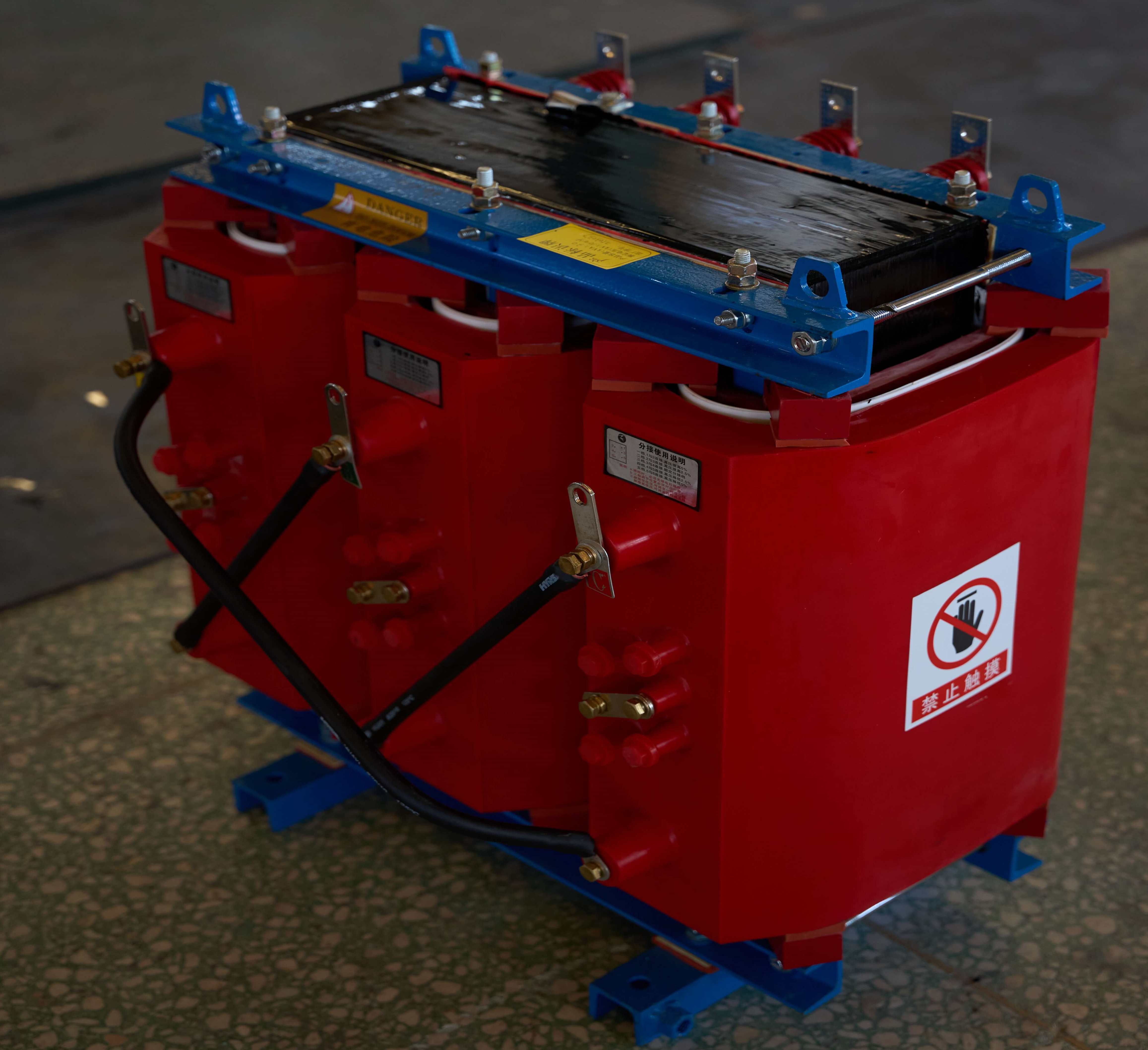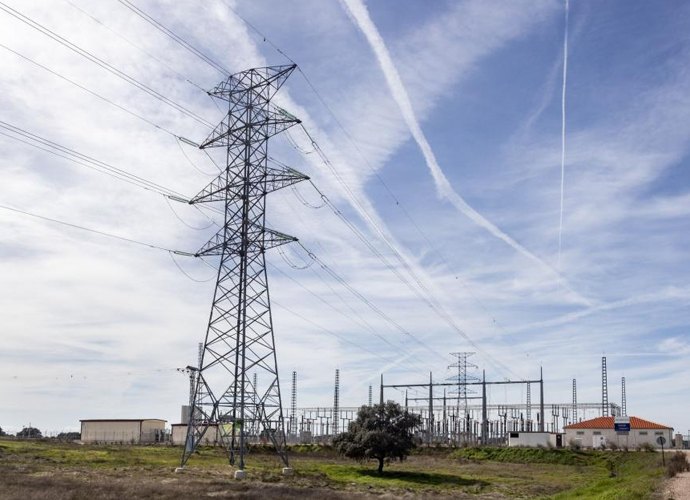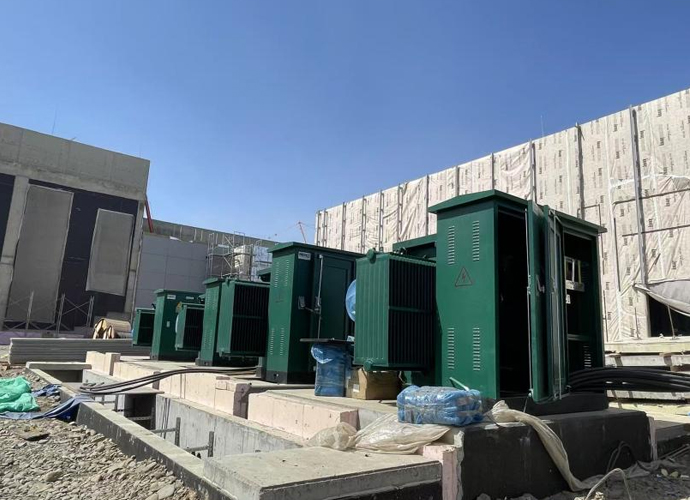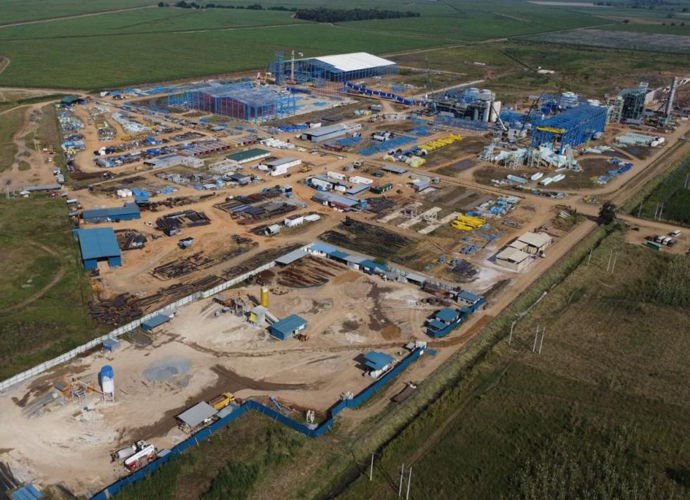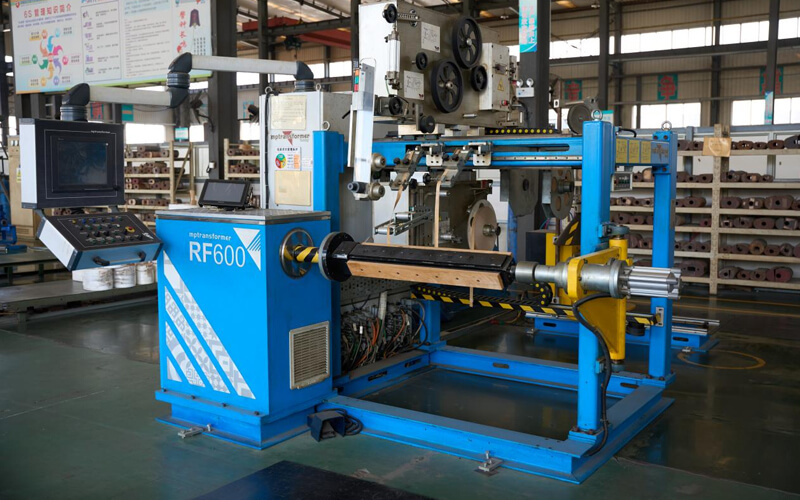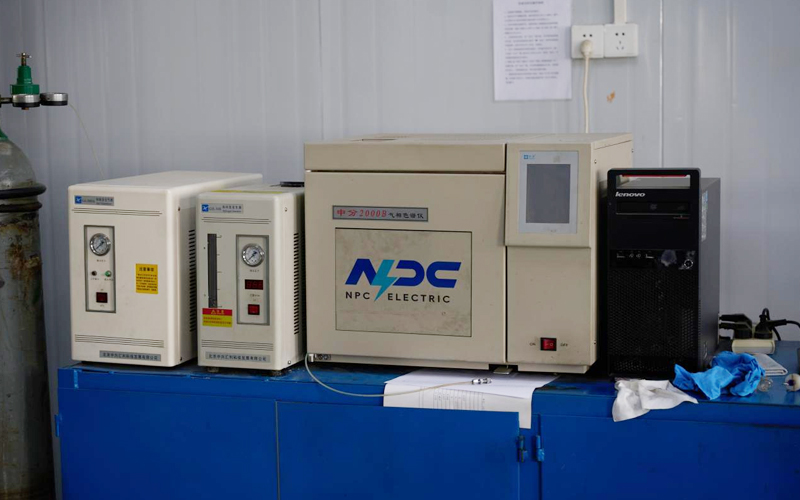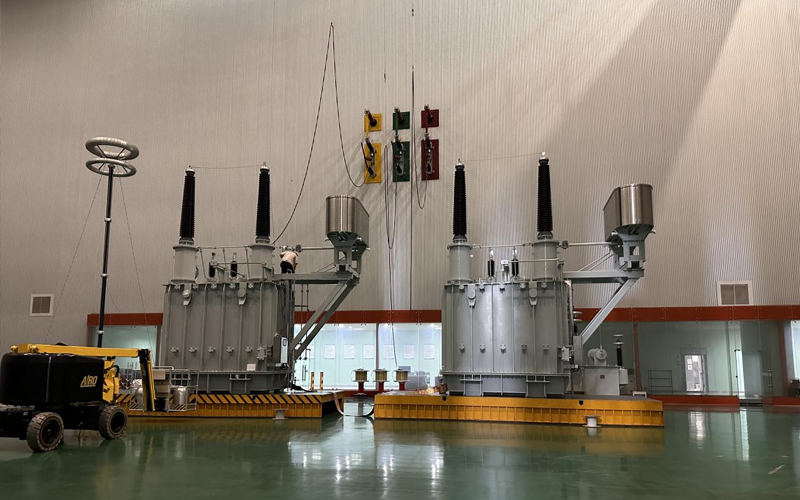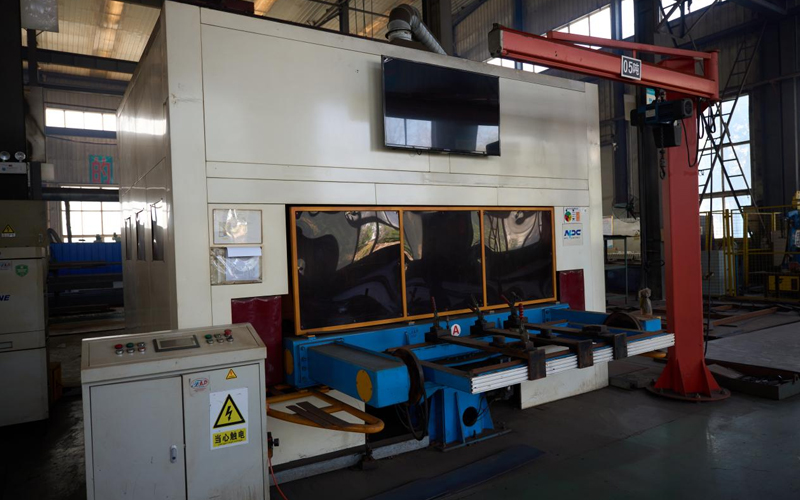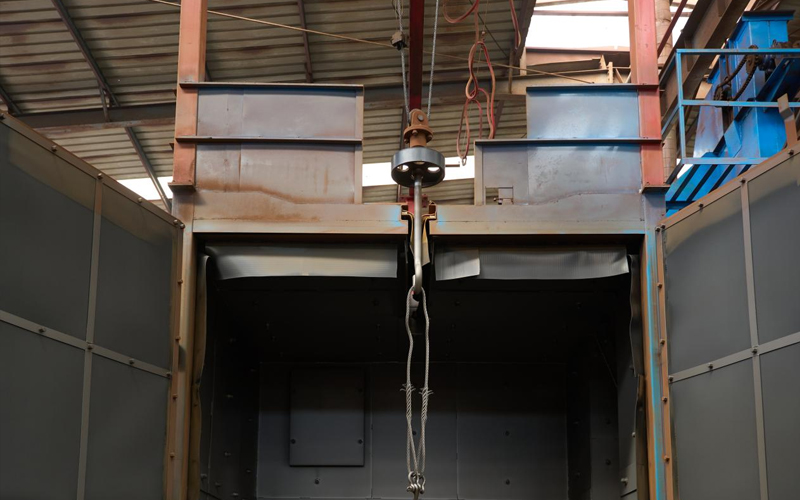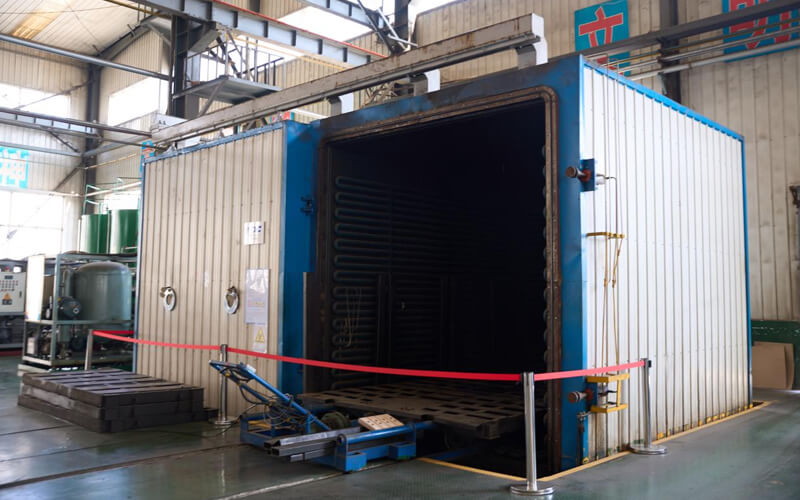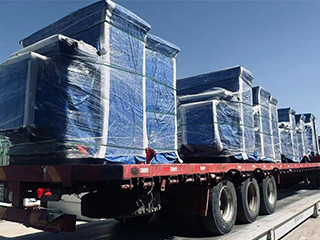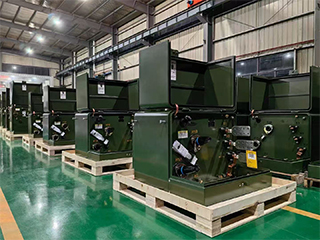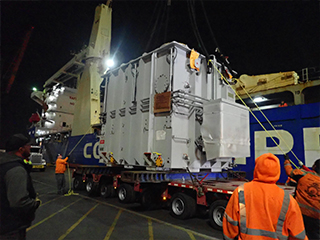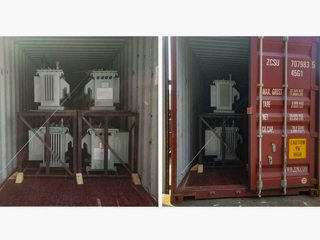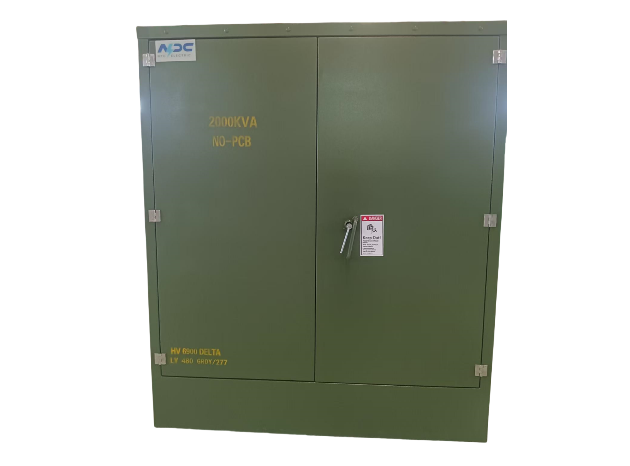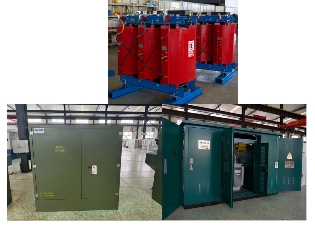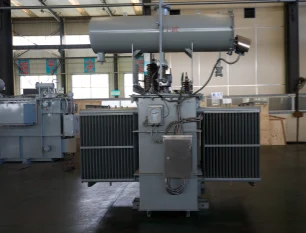2500kVA Dry Type Transformer
- Primary Voltage Ratings 34.5-19.92/13.8-7.957/13.2-7.62/12.47-7.2, 24.94, 26.25, 33 or others
- Secondary Voltage Ratings 480/277V,400/230V,380/220V or customized
- H.V. Tap Range ± 2×2.5% HV taps or others
- Type Dry type transformer
- BIL 30/95kV
- Standards IEEE, ANSI, NEMA,IEC,GB
- Application Industrial equipment power distribution, commercial buildings, residential power distribution, power systems and distribution networks etc
- Power Rating 2500kVA
- Certificate UL ,CESI
- Cooling Method OA/OF
- Opeartion Step Down & Step Up
Technical Specifications
| Technical Specifications | ||
| Rated Power | 2500 kVA | |
| Rating Primary Voltage | 2.4-34.5kV | |
| Secondary Voltage | 480/277V 400/230V 380/220V Customized |
|
| Frequency | 50/60Hz | |
| Vector Group | Dyn11,Yyn0,Dyn5 | |
| Winding Material | Aluminum/Copper | |
| Efficiency | As IEEE,Doe 2016,CAS Std or Customized | |
| Impedance Voltage | Nominal 2% or Customized 1.1-5.75% | |
| Altitude | ≤1,000m or Customized | |
| Enclosure material | 304 Stainless Steel | |
| Total Weight | 25000 kg | |
| Outline Dimensions(L×W×H)in. | 3800×2200×2980(mm) | |
| HV Bushing |
| LV Bushing |
| Tap changer connector |
| Lifting hook for complete transformer |
| Name plate |
Customization Optional
Packing and Shipping
To prevent moisture, dust, or environmental contaminants from affecting the transformer during transport, it is wrapped in weather-resistant plastic or shrink-wrapped. Additionally, the transformer is securely fastened inside the crate to prevent any movement that could result in physical damage. The outer packaging is clearly labeled with important information such as the model number, weight, handling instructions, and any relevant safety warnings, ensuring proper handling throughout the shipping process.
All required shipping documentation is included, such as customs clearance forms, inspection certificates, and safety compliance certificates, especially for international shipments, to facilitate smooth customs processing and compliance with regulations. The transformer is carefully handled during loading and unloading, using specialized lifting equipment such as cranes or forklifts to avoid any impact that could damage the transformer. It is then transported by road, sea, or rail, depending on the final destination and transport requirements.
Once the transformer arrives at its destination, it undergoes a final inspection to ensure it has not been damaged during the shipping process. After passing this inspection, the transformer is ready for installation and use. The packing and shipping process ensures that the NPC Electric 2500kVA Dry-Type Transformer reaches its destination safely and is ready for reliable, efficient operation upon installation.
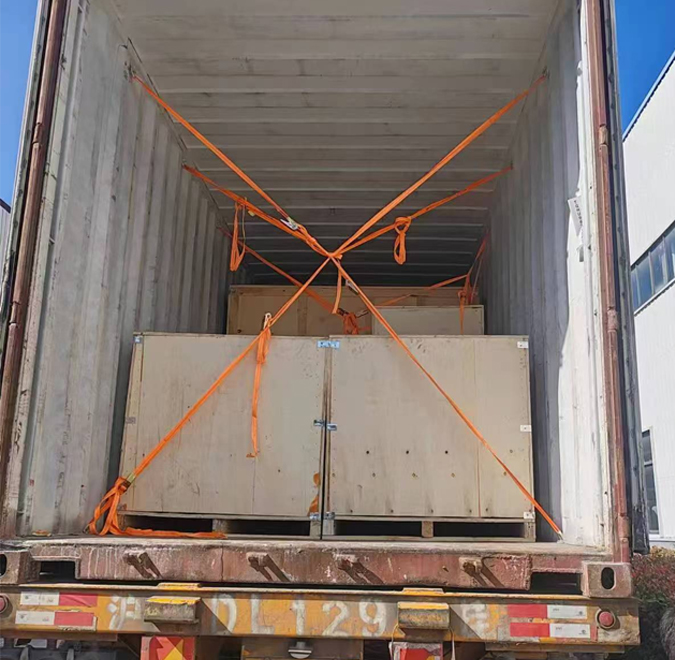
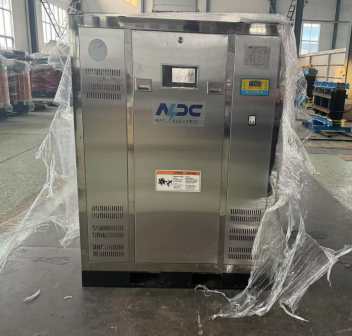
Manufacturer Test
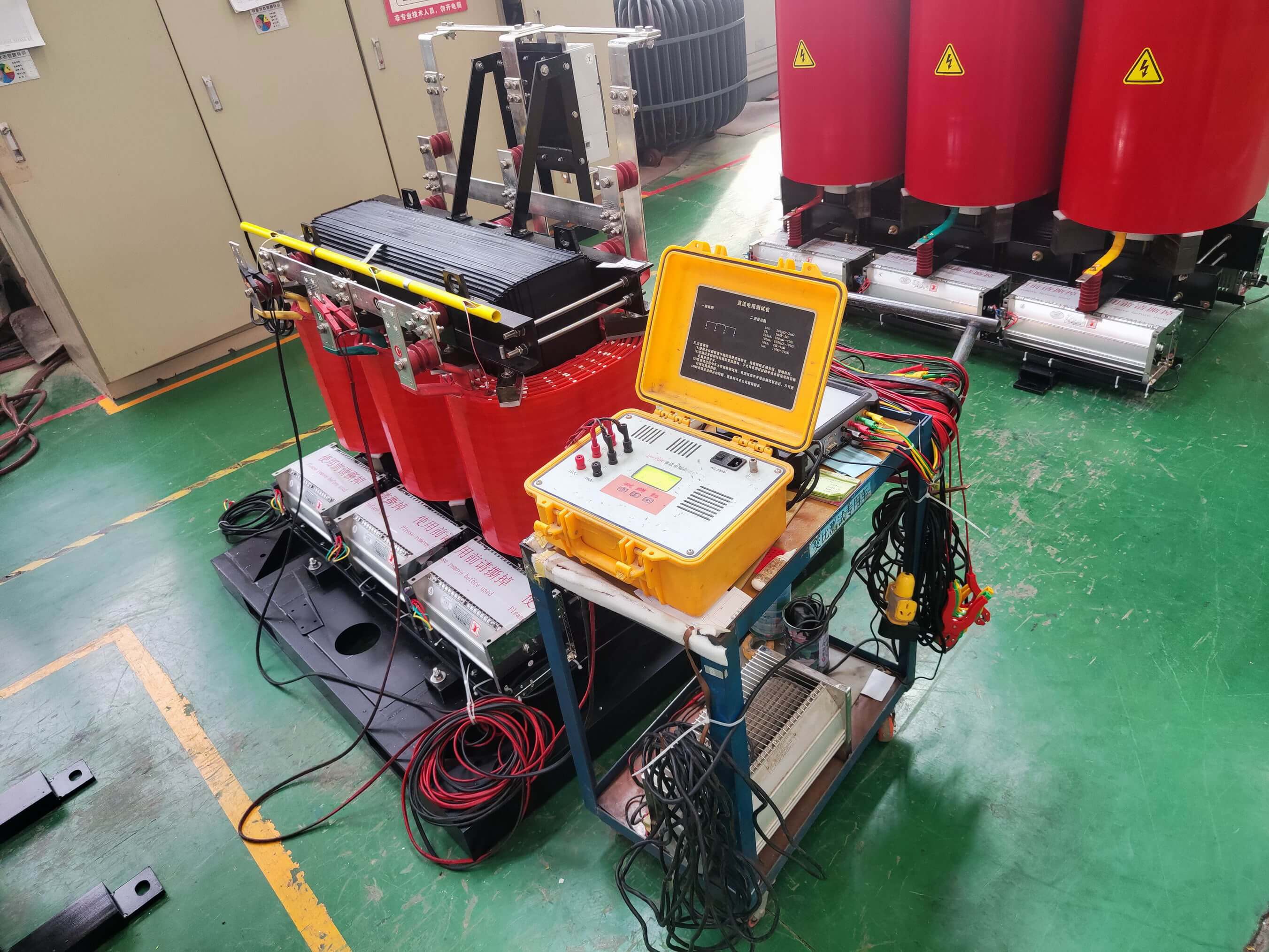
Progress Test
NPC Electric manufactures high-quality three-phase dry-type transformers under strict quality control protocols. The Progress Test for the NPC Electric 2500kVA Dry-Type Transformer includes several essential tests to ensure the transformer meets safety and performance standards. It begins with an insulation resistance test to check the integrity of the insulation system. A winding resistance test follows to detect any issues in the primary and secondary windings. The dielectric withstand test is performed to confirm the transformer can handle overvoltage conditions safely. The temperature rise test monitors the transformer’s performance under full load to ensure it operates within safe temperature limits. A load test evaluates its voltage regulation and efficiency across various loads. The short-circuit impedance test checks the transformer’s ability to handle fault conditions, while a noise level test ensures it operates quietly within acceptable limits. Lastly, a mechanical integrity test is conducted to ensure all components are securely assembled. Upon successful completion, a test report is generated to certify the transformer’s readiness for use.
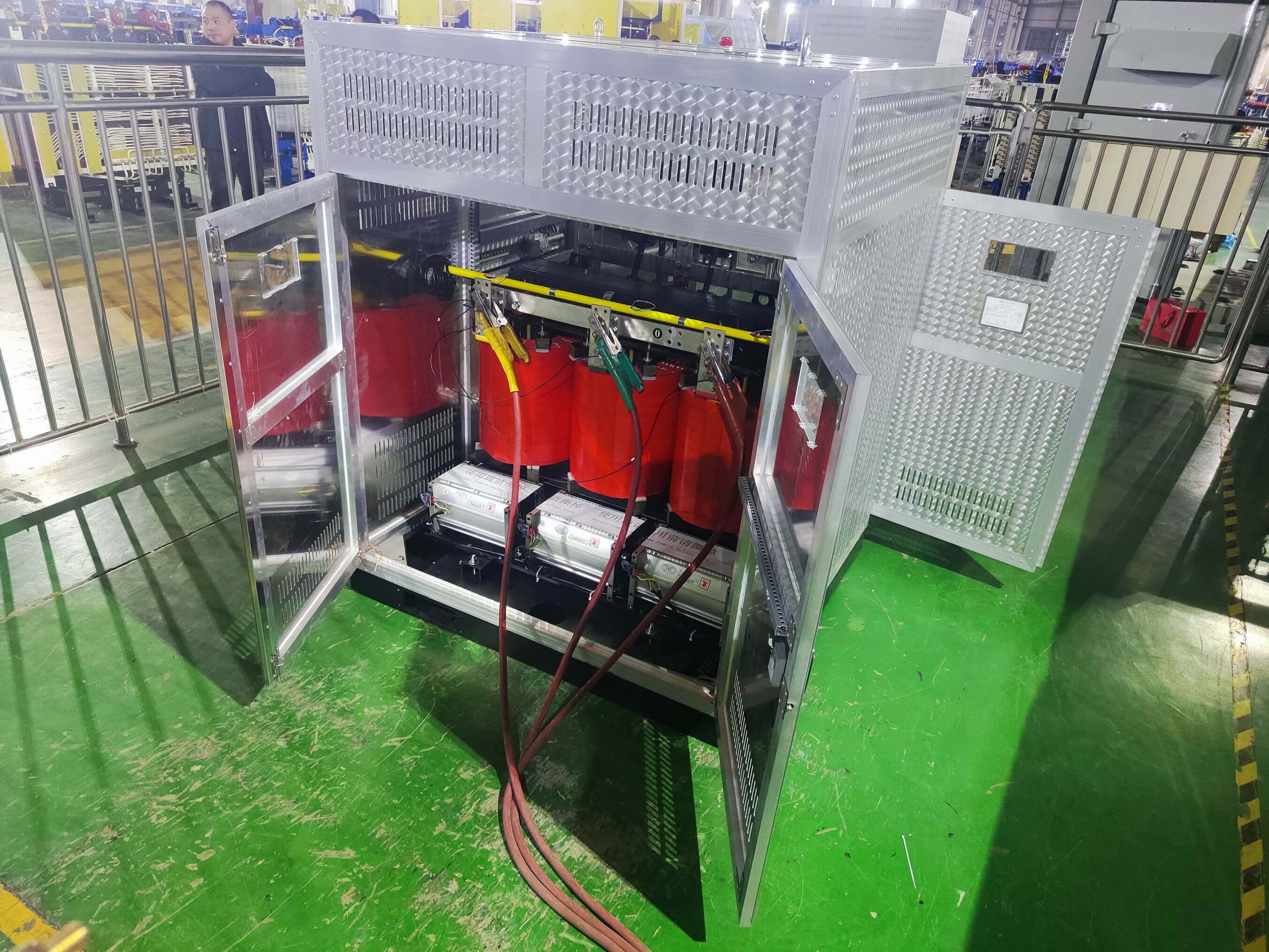
Design Tests
All transformer will be test after finished the production, test items as below:
♦ Insulation Power Factor
♦ Winding Resistance
♦ Impulse Tests
♦ On load Loss Test
♦ No Load Loss Test
♦ Leak Test
♦ DC Insulation Resistance Test
♦ Transformer Turns Ratio/TTR (All Tap Voltages)
♦ Impedance Voltage & Load Loss (Rated Voltage)
♦ Excitation & No-Load Loss (Rated Voltage)
♦ Applied Voltage
♦ Induced Voltage
♦ Lightning Impulse
♦ Insulation Resistance (Rated Voltage)
♦ Temperature Rise
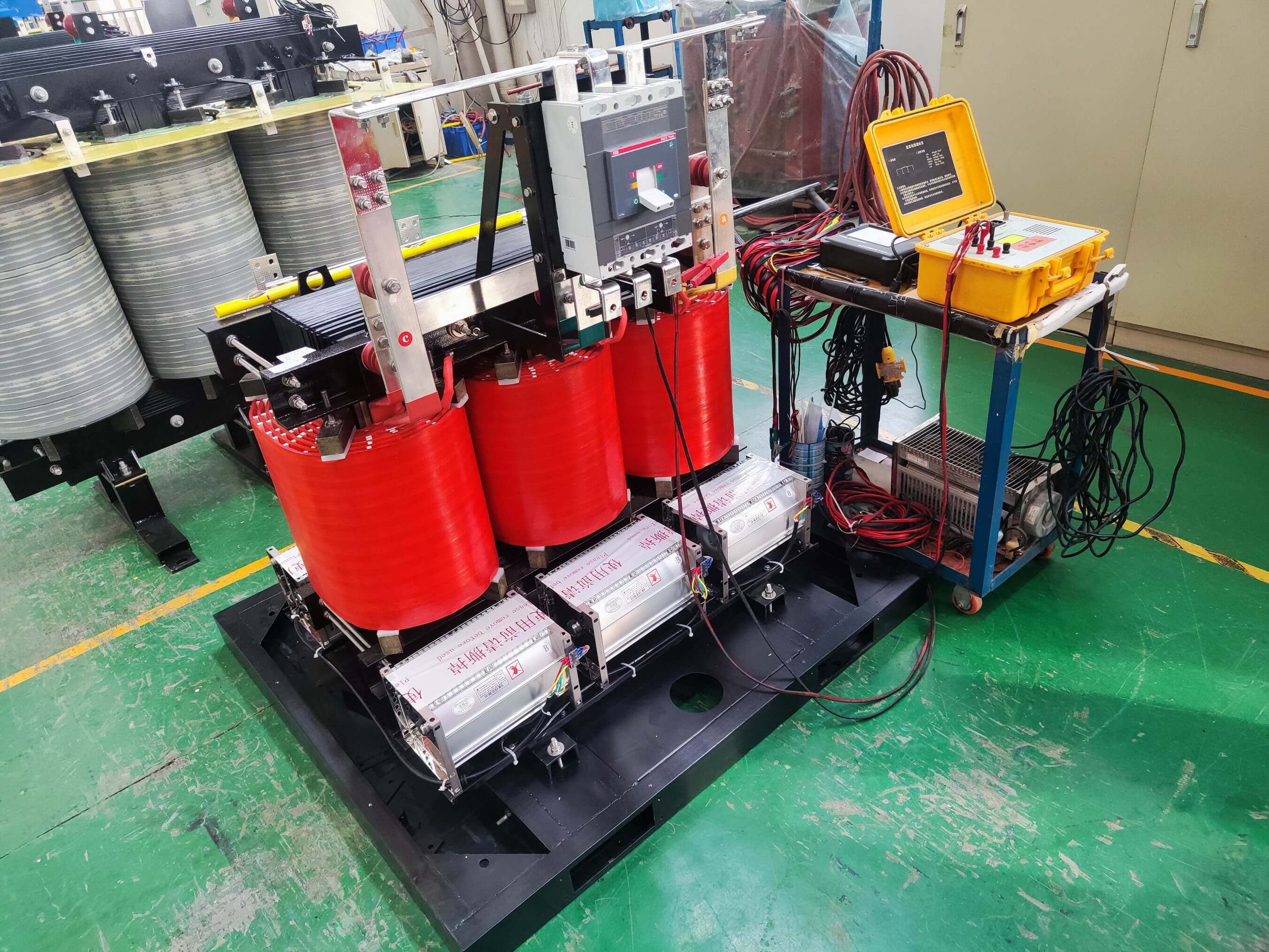
Transformer Factory Acceptance Test
NPC Electric conducts rigorous quality control testing on every transformer or representative samples, as well as on specific components and materials, to ensure compliance with design specifications throughout the production process.
The Factory Acceptance Test (FAT) for a 2500kVA three-phase dry-type transformer is a critical step performed before shipment to verify that the unit meets all applicable standards and delivers optimal performance. The FAT includes the following key procedures:
Visual Inspection: Evaluates the transformer’s physical condition, including the enclosure, terminals, and labeling, to ensure conformance with design and safety requirements.
Electrical Testing: Involves measuring winding resistance, insulation resistance, and performing turns ratio tests to validate electrical integrity and functionality.
Dielectric Strength Test: Applies high voltage across the insulation system to ensure it can endure both normal and transient operating voltages without failure.
Load Testing: Simulates real-world operating conditions to assess the transformer’s voltage regulation, temperature rise, and overall efficiency under load.
Protection Device Testing: Verifies the proper operation of integrated protective components such as thermal sensors, temperature relays, and tap changers (if applicable).
Routine Test - DC Insulation Resistance Test
Voltage source (usually 500V, 1000V, 2500V, or customized according to customer requirements)
Temperature and humidity meter (used to record the ambient temperature and humidity during the test to ensure that the test conditions meet the standard requirements.)
Perform the test under suitable environmental conditions. It is recommended to have a relative humidity below 75%, no rain, and a temperature range of 20-30°C to avoid moisture or temperature fluctuations affecting the test results.
Connect an insulation resistance tester to the high voltage terminal of the device under test and to ground.
Apply Test Voltage:
Select an appropriate test voltage based on the rated voltage of the equipment .
Insulation resistance value (MΩ)
Applied voltage
Ambient temperature and humidity during testing
500 MΩ ≤ Insulation resistance < 1000 MΩ (good)
100 MΩ ≤ Insulation resistance < 500 MΩ
Insulation resistance < 100 MΩ

Application
Technical Advantages
Product Packaging
Related Products
FAQ From Customers
-
What is a Transformer?A transformer is an electrical device used to change the voltage of alternating current (AC). It works on the principle of electromagnetic induction, converting high-voltage current into low-voltage current or low-voltage current into high-voltage current. Transformers are widely used in power transmission, distribution systems, and various electronic devices.
-
What are the main uses of a transformer?The main use of a transformer is voltage conversion. Transformers are used in power transmission systems to help transfer electricity from power plants to consumers. In addition, transformers are also used in electronic devices such as chargers, televisions, power adapters, etc., to adjust the voltage to meet the requirements of different devices.
-
Do you have UL listed?Yes, our transformer has UL listed. We have exported to America many pad mounted transformer,substation transformer and HV.

